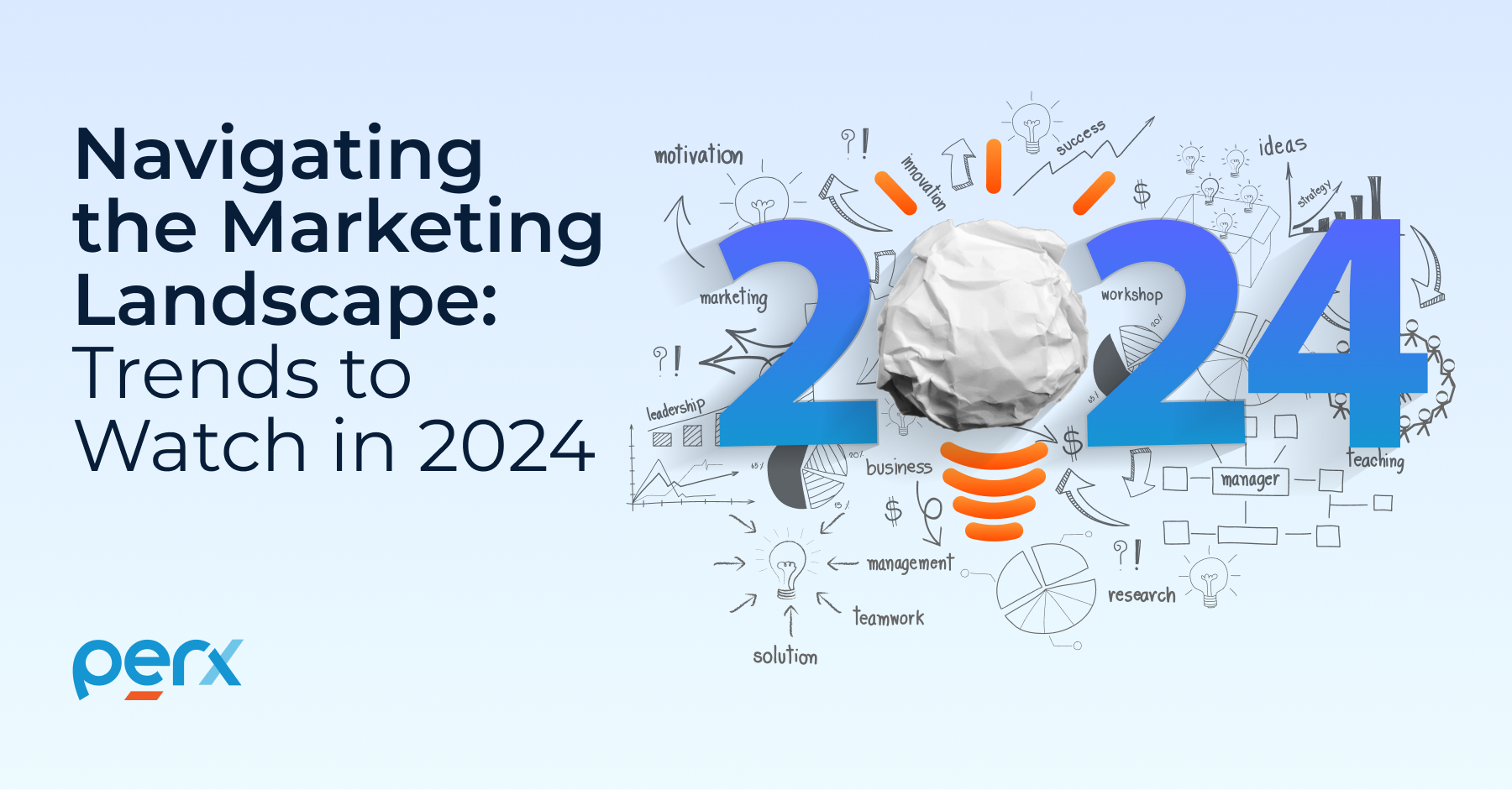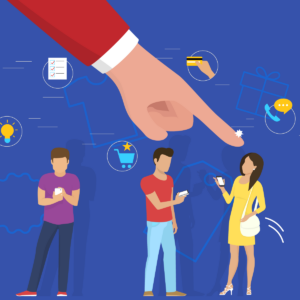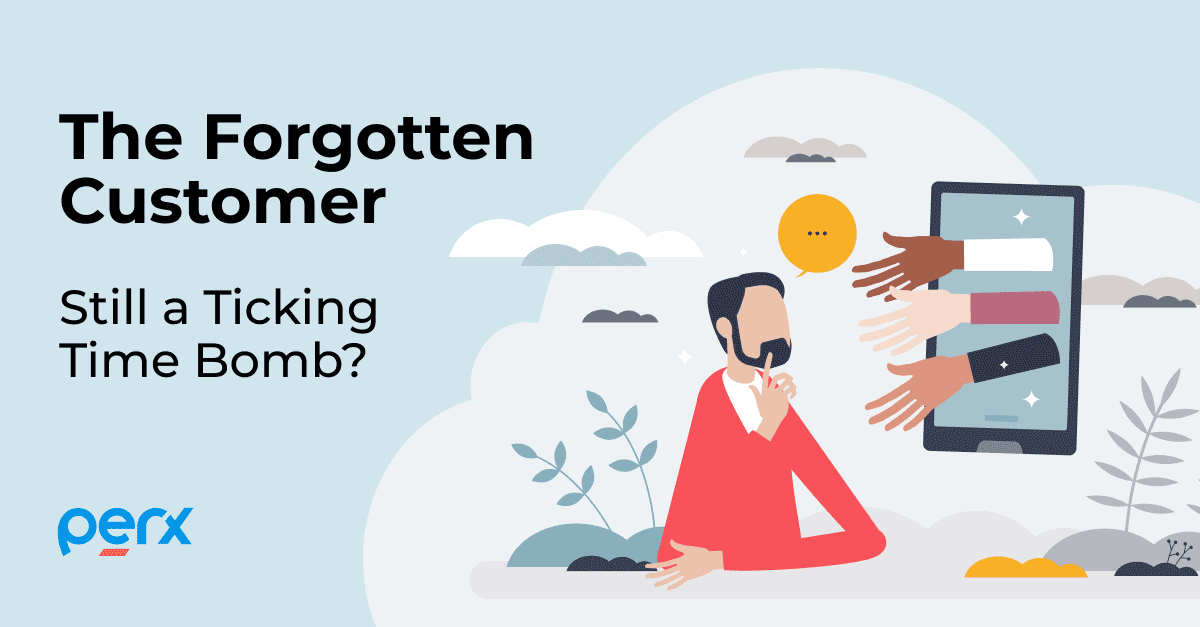Unlocking Growth: The Power of Personalized Customer Experiences

Unlocking Growth: The Power of Personalized Customer Experiences
Learn how personalized experiences and rewards programs can deepen customer loyalty and increase revenue.
Picture this: you’re staring at a graph of your customer data, and suddenly, it hits you – this isn’t just a pretty picture, it’s the key to unlocking growth in loyalty and revenue! But how do you do it? The secret lies in creating customer experiences that are as unique as each person you serve. In this age of non-stop digital communication, consumers are looking for more than just basic interactions. They want businesses that understand their needs and go above and beyond to meet these needs. So, don’t be just a data hoarder – use that information to create hyper-personalized interactions that surprise and delight your customers.

Personalization: The Key to Building Brand Loyalty and Revenue
Delivering personalized experiences is a key driver of success. Customers demand tailored content and experiences, and companies that fail to provide those, risk losing market share. According to McKinsey, personalization has become a ‘need-to-have’, with retailers experiencing boosted brand loyalty and reduction of marketing expenses by up to 10-20%. To thrive, businesses must harness customer data to create personalized experiences and reward programs for their most loyal customers.
McKinsey highlights that personalized interactions with repeat buyers can deliver up to three times the returns on investment compared to efforts that target all customers. By placing a premium on personalization, companies can build lasting customer relationships that drive revenue growth and set them apart from competitors.
Leveraging data to personalize customer experiences
Personalization has the power to create a strong psychological link between customers and brands. By tailoring experiences to customers’ interests and preferences, companies can deepen loyalty, win over new customers, and increase revenue. But how do you get customers to willingly share their personal information?
According to PwC, customers are more willing to share personal information when they believe a brand truly understands their needs and values. In fact, customers who feel appreciated by a brand are willing to pay up to 16% more for their products and services. This emphasizes the importance of creating positive experiences that resonate with customers and make them feel valued.
Getting started with personalization
Instead of starting from scratch, businesses can use their existing CRM data to create more meaningful interactions. Moreover, to create an experience that truly stands out, companies should reach out to customers through multiple channels, from social media to email to in-person interactions. The key to success is being able to adapt and adjust on the fly, based on real-time data collection and analysis. With these tactics in your arsenal, you can create a loyal customer base and drive revenue growth for your business.

Personalization has become a critical aspect of customer engagement, and Perx can enable businesses to implement it successfully. Are you ready to level up your customer engagement strategy? The Perx Platform supercharges user acquisition, in-app engagements, and transactions, MAU, upsell, cross-sell, and lowers churn, in the most cost-effective manner. We invite you to try our end-to-end customer engagement and loyalty platform out for yourself. Request a demo to see how this technology can help you now.
Recommended for you

Strategy Insights, Blogs, Retailers

Blogs, Digital Marketing, Customer Retention

Blogs, Cookieless Future, Customer Retention

Blogs, Cookieless Future, Customer Retention

Blogs, Retailers, Customer Retention
Ready to join them?




 Personalized Feeds
Personalized Feeds Precision Nudging
Precision Nudging















 Every Saturday from 9:00 a.m. to 3:00 p.m., customers could spin the Wheel of Treats for a chance to win at StarHub Snapping Saturday.
Every Saturday from 9:00 a.m. to 3:00 p.m., customers could spin the Wheel of Treats for a chance to win at StarHub Snapping Saturday.
 If you want customers to adopt your brand, you need to adapt to their lifestyle choices.
If you want customers to adopt your brand, you need to adapt to their lifestyle choices.





